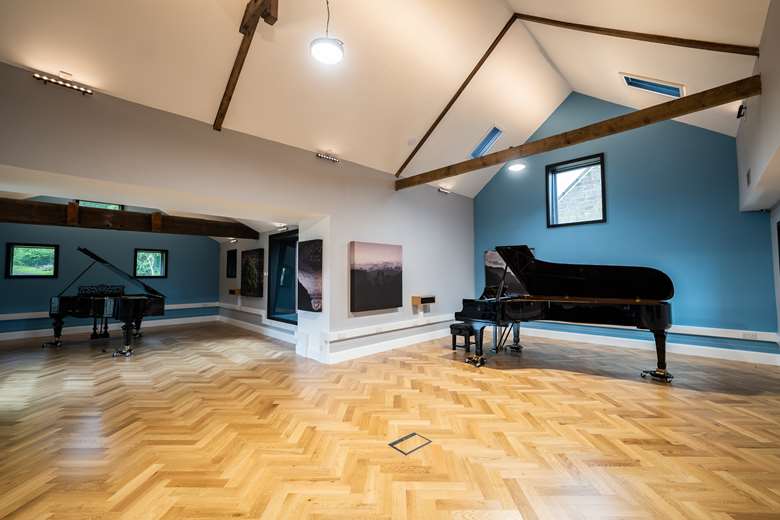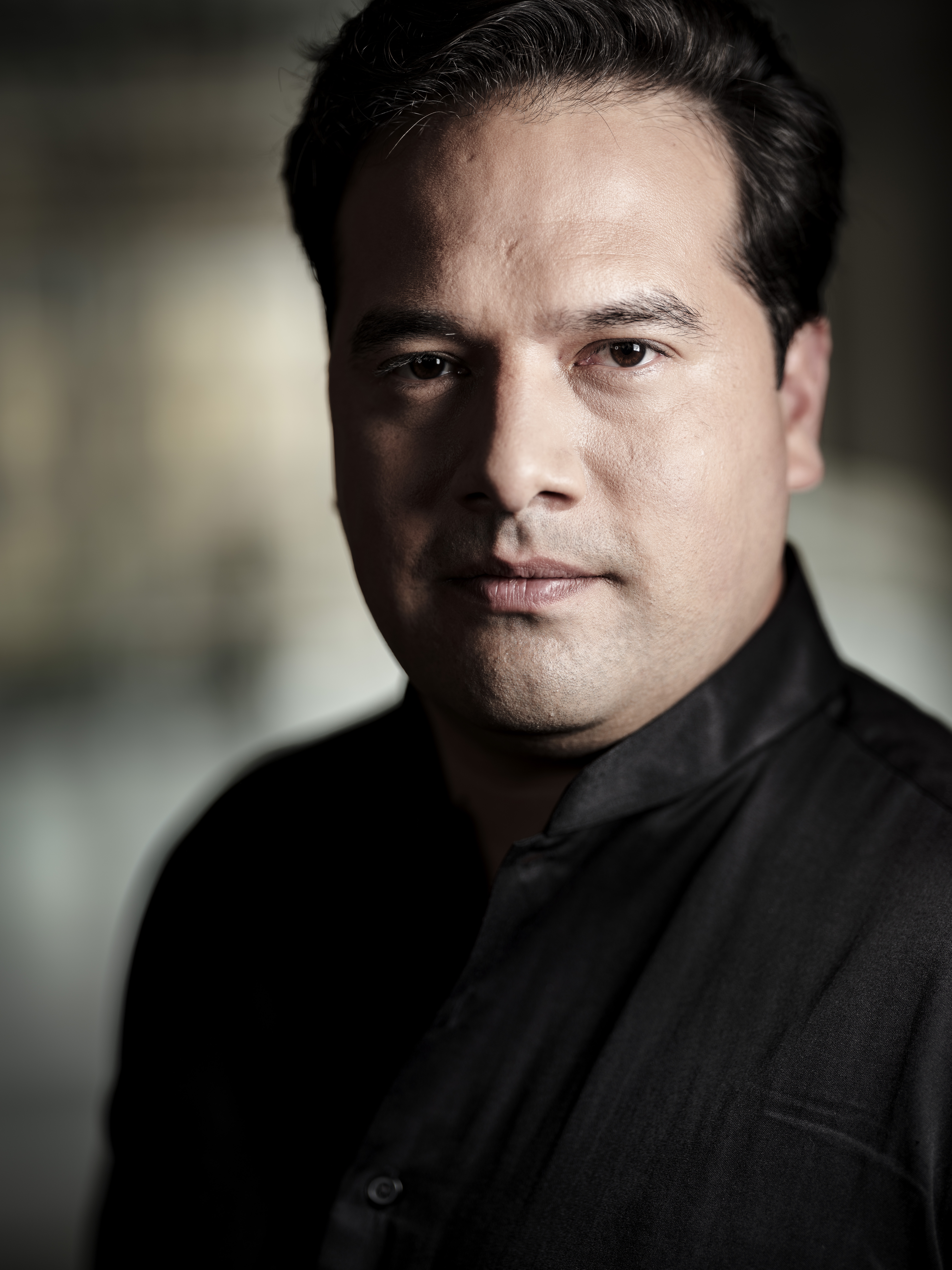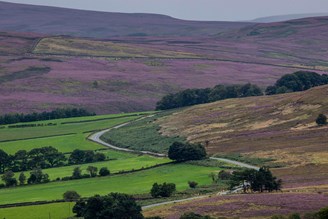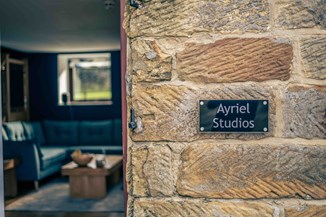Ayriel Studios: A musical gem in the North York Moors
Charlotte Gardner
Wednesday, May 4, 2022
Cellist Jamie Walton talks to Charlotte Gardner about the joys and challenges of building a rural recording studio in the North York Moors.

 It’s a funny thing that, while the major concert halls of the classical music world are centred in the world’s big cities, some of its best music-making has instead always taken place in the middle of nowhere. Composer-wise, think of Brahms doing the bulk of his composing on summer holidays; or of Grieg, Sibelius, Elgar and Peter Maxwell Davies writing in their respective rural retreats. Performer-wise, think of the calm intensity of the learning, rehearsing and performance experiences at the International Musicians Seminar Prussia Cove, or middle-of-nature festival academies from Garsington to Verbier to Tanglewood. So, it’s perhaps strange that, while making a recording is already a high-pressure, slightly artificial-feeling process, the majority of recordings are nevertheless made in equally artificial city environments. Those eager to escape this majority should be taking note of newly opened Ayriel Studios in the North York Moors National Park.
It’s a funny thing that, while the major concert halls of the classical music world are centred in the world’s big cities, some of its best music-making has instead always taken place in the middle of nowhere. Composer-wise, think of Brahms doing the bulk of his composing on summer holidays; or of Grieg, Sibelius, Elgar and Peter Maxwell Davies writing in their respective rural retreats. Performer-wise, think of the calm intensity of the learning, rehearsing and performance experiences at the International Musicians Seminar Prussia Cove, or middle-of-nature festival academies from Garsington to Verbier to Tanglewood. So, it’s perhaps strange that, while making a recording is already a high-pressure, slightly artificial-feeling process, the majority of recordings are nevertheless made in equally artificial city environments. Those eager to escape this majority should be taking note of newly opened Ayriel Studios in the North York Moors National Park.
Brainchild of cellist Jamie Walton, Ayriel Studios is the result of his love affair with the area that in 2009 saw him establish the North York Moors Chamber Music Festival, and in 2014 move there to live. At which point, he explains, ‘I knew that if I wanted to draw to the area the things that are important to me creatively, then at some point I would need a concert hall and a recording studio.’ He laughs. ‘I also had an instinct that a recording studio in this landscape would be transformative for artists, because I’d noticed that when musicians came to the festival, they’re blown away by how inspired they feel here, and how that in turn makes them work.’
Then in 2016, Walton spotted some barns in Westerdale. ‘I thought it was just the most perfect place to record’ he remembers. ‘A spectacular location on the moors, and they were attached to three holiday cottages, so there was the possibility of creating a residential studio which, once you’re there, could be like a creative retreat’. He continues, ‘Obviously it was a bit of a pipe dream, because it’s half a million to build a recording studio if you’re going to do it properly. But I wouldn’t let go of the idea’.
Walton also wouldn’t let go of the barns’ owners, and not only did they eventually grant him permission to convert the barns, but also told him that if he found a financial grant, they would match it with a donation of their own. Then a miracle happened: against all the Brexit odds, in 2018 he was awarded an EU LEADER grant, and spring 2020 was set as the date of completion.
Next, though, a string of technical and architectural changes meant construction couldn’t begin until March 2020. ‘Which threw up its own set of challenges of course’, he points out. ‘But none nearly as catastrophic as attempting to launch a studio at the start of a pandemic would have been! So, the bumps in the road ultimately went in our favour, and it then proved to be a great distraction from the pandemic situation. Something inspiring to focus on’. Indeed, it fuelled him with so much energy and drive that summer 2020 also saw him mount a full, in-person festival, circumventing the indoor performance rules by erecting a half-open, acoustically-treated marquee in grounds belonging to a local farmer.
The studio was finished in summer 202, and officially opened in January. A fully sound-proofed, oak-floored facility, its acoustic range is capable of handling all genres, thanks to reverberation spanning from 0.8 to 2.6 seconds – adjusted by adding or removing panels which feature photography showcasing the surrounding landscape.  ©Paul Ingram
©Paul Ingram
Other facilities include gobo screens, temperature control, a soundless air exchange system pumping in fresh air, and a choice of three pianos: a Steinway D, a Steinway upright, and a nine-foot Bluthner. Beyond the actual studio, artists can not only book on-site accommodation, but also transport and catering, meaning they genuinely only need think of themselves and their music; and the response from the artists who have used it so far has been overwhelmingly positive. That flexible acoustic, for instance, has allowed Viktoria Mullova and Alasdair Beatson to make their recorded Schubert violin sonatas sound as though they’re performed in an intimate 19th century salon full of upholstered furniture; and Walton himself to record Bach’s solo cello suites which sound as though he’s in a church. The sound proofing meanwhile allowed a flautist to record solo Telemann during Storm Dudley. Perhaps most exciting of all, though, are the mental and physical benefits artists are noticing. ‘The air exchange system and temperature control mean you never get stuffy, and the temperature never changes’, Walton enthuses. ‘Pianist Peter Donohoe did 17 sonatas in the one visit, saying he’d never known a place where he could literally record and record, and not feel tired. Mullova and Beatson finished early. I myself ended up doing all the Bach suites in under three days, which I don’t think could have happened anywhere else. Essentially, the feedback from everyone is, “I feel calm, focussed, and seem to do my best work.”’
Walton isn’t yet done, either. Next, the plan is to develop a second barn adjoined to the current studio, and to add further facilities including a vocal booth and a post-production room. He also now has a design for that aforementioned concert hall, together with the offer of a plot of land. So watch this space.
 ©Matthew Johnson
©Matthew Johnson
You can find out more about Ayriel Studios here.